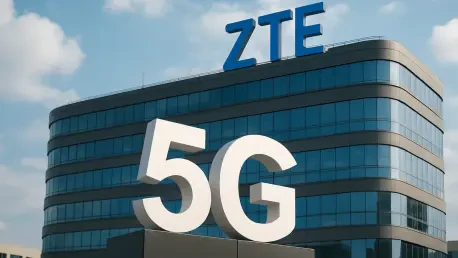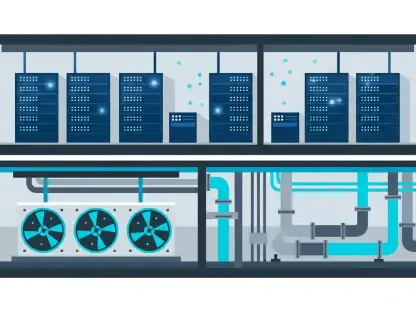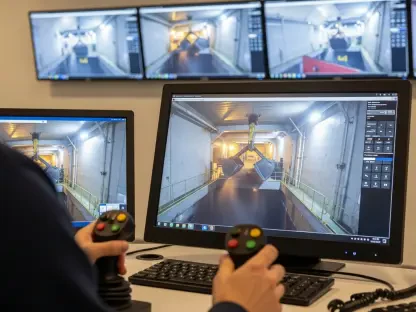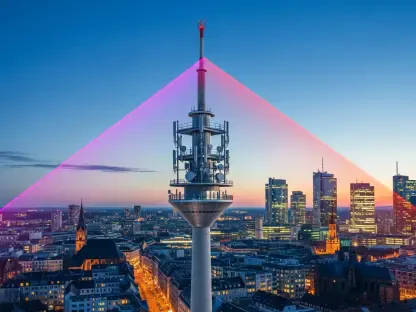As the digital landscape rapidly evolves, ZTE Corporation is emerging as a pivotal player in the transformation of 5G network infrastructure through its integration of Artificial Intelligence (AI). This analysis explores the current trends and future projections associated with ZTE’s revolutionary approach, offering insights into how the company’s initiatives are shaping the next generation of mobile networks. The emphasis on AI-driven solutions provides a window into the potential of enriching both network efficiency and user experiences.
Context of 5G and AI Integration
The demand for high-speed, low-latency mobile networks has never been greater. This urgency is compounded by the proliferation of the Internet of Things (IoT) and the advent of smart cities. Within this setting, ZTE’s endeavor to integrate AI into 5G networks is crucial, addressing the industry’s need for more intelligent network management. This approach promises not only to overcome existing challenges related to network deployment and efficiency but also to redefine the interaction between users and technology.
Analyzing ZTE’s RAN Innovations
Overcoming Deployment Barriers with Streamlined Approaches
One of ZTE’s most impactful contributions lies in its strategies to simplify site deployments amidst typical industry challenges such as fragmented spectrum and constrained space. The introduction of Unified Baseband Radio (UBR) solutions exemplifies this approach, where multi-band and multi-channel integrations are streamlined into fewer components. This reduction in physical footprint aligns with broader trends in the telecommunications sector, favoring efficiency and sustainability.
Scaling Up with Spectral Efficiency
In addressing the demands of high-capacity environments, ZTE focuses on enhancing spectral efficiency with its Massive MIMO portfolios. The adoption of FDD and TDD dual-band M-MIMO solutions positions ZTE at the forefront of managing substantial data traffic, particularly in dense venues. The AI-powered features ensure that network capacity meets the increasing data demands, signifying a shift toward intelligence-driven network optimization.
Ensuring Ubiquitous Connectivity
ZTE also prioritizes extending networks’ reach to challenging environments, such as urban villages and underground facilities. Here, the company’s Network Controlled Repeater (NCR) enables signal proliferation without traditional infrastructure like fiber optics. This adaptability not only solves connectivity issues in complex areas but also reflects the growing need for comprehensive coverage solutions in expanding urban landscapes.
Projections and Emerging Trends
The future of 5G infrastructure is intricately linked with AI’s integration, paving the path for diverse and intelligent network ecosystems. ZTE’s deployment of AIR RAN solutions marks a key trend, wherein network functionality is enhanced through heterogeneous computing and intelligent resource management. As digital ecosystems evolve, industry leaders are likely to adopt similar methodologies, driving a new era of connectivity characterized by AI’s profound influence.
Concluding Insights
The exploration of ZTE’s strategies revealed a significant move toward streamlining 5G networks through sophisticated AI applications. With the realignment of network resources, enhancement of spectral capacities, and expansion into difficult coverage areas, ZTE’s initiatives provided a roadmap for future technological transformations. The findings suggested that these strategies not only addressed current operational challenges but also anticipated further advancements. For operators and industries, adopting such innovative approaches may unlock unprecedented opportunities, shaping a more interconnected world.









